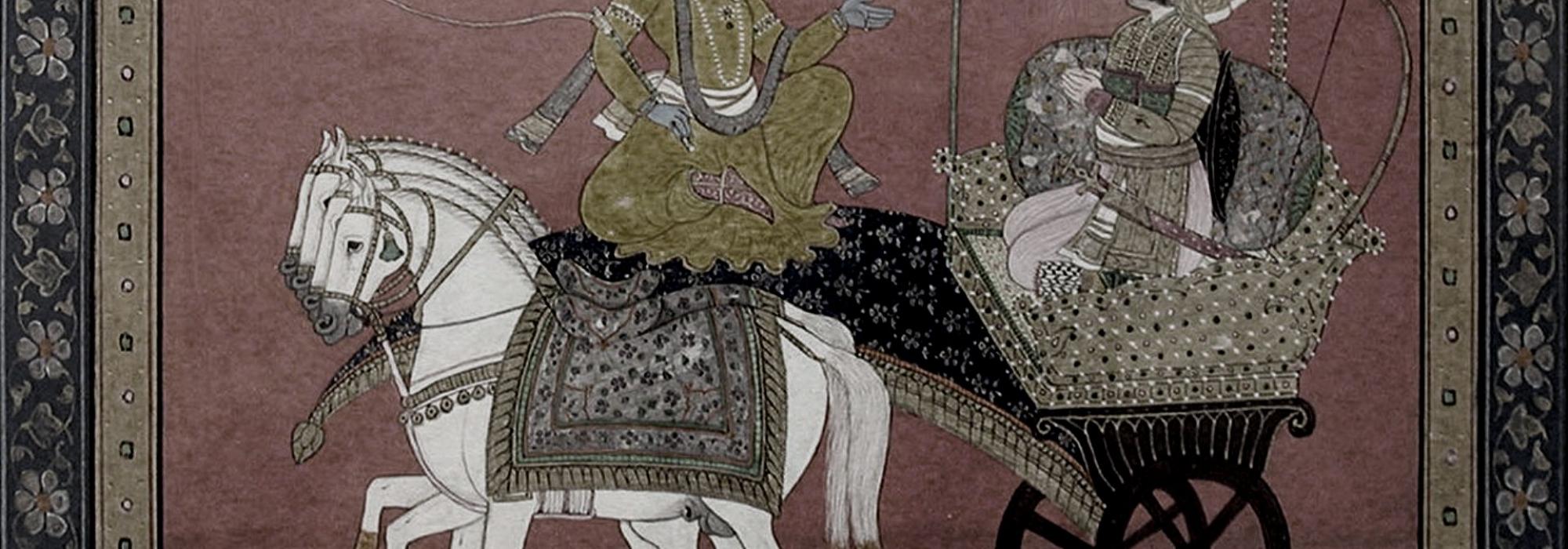The Geeta exposition is essentially contained between the words 'अशोच्यान्' (BG 2.11) and 'मा शुच:' (BG 18.66). The central message is quite simply ‘grieve not’; for what really is, is of the nature of pure joy ("नासतो विद्यते भावो नाभावो विद्यते सत:"). How not to grieve is what Krishna seeks to explain.
The long and short of that explanation is to be found in his classification of joys into the satvic, rajasic and tamasic types (Chapter 18). A zestful pursuit of satvic joys, termed abhyasa, is the central ‘do’ of his method; while a renunciation of the rajasic (sensate) and tamasic (torpid) joys, termed vairagya, is the central ‘don't’.
Satvic joys, in accordance with his teachings, have three main sources:
- Svakarma: Work in consonance with one’s natural proclivity – Karma yoga
- Brahma: Meditative study upon the ultimate nature of life – Jnana yoga
- Vibhuti: Worship of exalted beauty (art experience, celebration of natural geography and noble company) – Bhakti yoga
The means and the end, it may be noted, are both joys – the end simply being the fullest version of the means. An energetic pursuit of these satvic joys along with titiksha is the path Krishna recommends. Incompleteness being the defining attribute of the human condition, titiksha is a vital necessity. It is best explained in the bard’s words:
Men must endure their going hence even as their coming hither. Ripeness is all.
(King Lear)
That the human condition of incompleteness can, after all, be transcended is the hope that nourishes and sustains the Geeta-student.
स्वकर्मण अनुष्ठानं
चिन्तनं परमात्मन:।
रसनञ्च विभूतीनां
त्रयमेतद्धि साधनम्।।
भक्ति: कल्याणमित्रेषु
प्रीतिर्गिरिवनेषु च।
रक्तिश्च काव्यनाट्येषु
त्रिविधं रसपूजनम्।।















































